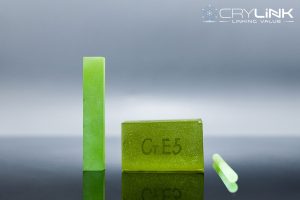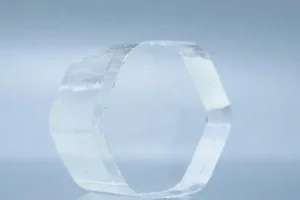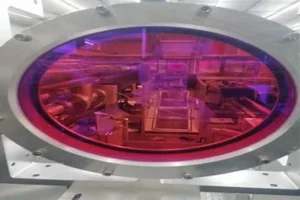Introduction: The Significance of Optical Isolators
In the expanding universe of optical systems, two types of devices – fiber isolators and Faraday isolators – claim their space as the heart of laser systems and fiber optics. These twin pillars of optical technology, pivotal yet understated, ensure the smooth functioning of these systems. By grasping the unique attributes and workings of these isolators, we empower ourselves to make better, more informed choices when it comes to optical system design and implementation.
The Intricacies of Fiber Isolators
Fiber isolators offer more than just a means of maintaining optical signal integrity; they serve as crucial tools in the fight against back reflections and optical signal interference, which can be detrimental to a system’s performance.
To better comprehend the functioning of fiber isolators, we must delve deeper into the workings of its crucial components. The input polarizer, the first element the light encounters, is essentially a filter that allows only light with a specific polarization to pass through it. This ensures that the incoming light is polarized in a way that corresponds to the following stage.
Next comes the heart of the isolator, the magneto-optic crystal. Typically, this crystal is a type of garnet doped with specific ions, chosen to optimize the crystal’s magneto-optic properties. When a magnetic field is applied to this crystal, it demonstrates a unique characteristic known as the Faraday effect. It results in the rotation of the plane of polarization of light passing through the crystal, depending on the intensity of the applied magnetic field.
The magnetic field applied to the crystal is the key to controlling the angle of rotation of the polarization. The magnitude and direction of this field are carefully calibrated to ensure the polarized light’s plane rotates precisely by 45 degrees.
The rotated light then proceeds to the output analyzer. This component is another polarizer, oriented at 45 degrees to the input polarizer. Given that the magneto-optic crystal has already rotated the light’s polarization by 45 degrees, the light is in the correct orientation to pass through this second polarizer. The result is a light signal that continues in its original direction, unimpeded.
In the case of light attempting to travel in the reverse direction, however, the situation changes. This light will be polarized at 45 degrees when it enters the magneto-optic crystal from the analyzer’s side. The magnetic field then causes a further 45-degree rotation, but this time the rotation is in the opposite direction. The result is light polarized at 90 degrees to the input polarizer and, therefore, it is blocked by the polarizer, inhibiting back reflections.
In essence, the fiber isolator acts as a one-way gate for light. It employs the power of polarization and the magneto-optic crystal’s properties to control the direction of light flow meticulously. This capability ensures that optical signals can be transmitted without the risk of harmful back reflections or signal interference, making fiber isolators an indispensable component in many fiber optic systems. By manipulating these unique optical and magnetic properties, fiber isolators help maintain system performance and safeguard the integrity of transmitted optical signals.
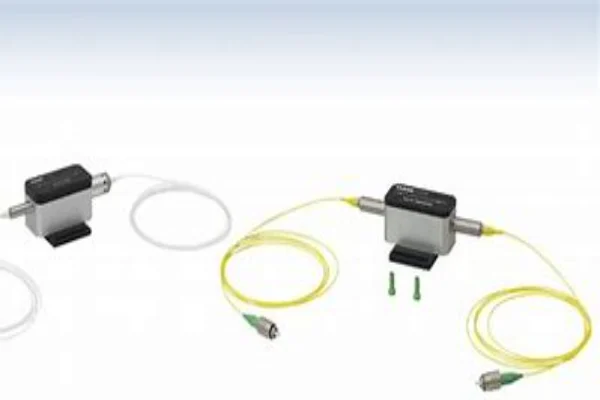
Unveiling the Secrets of Faraday Isolators
Despite the Faraday isolator’s apparent simplicity, the ingenuity behind its design has profound implications for optical systems. It is built on the foundations of a physical phenomenon named after the same scientist who inspired the isolator’s moniker: the Faraday effect. The Faraday effect, discovered by Michael Faraday in the 19th century, encompasses the rotation of the plane of polarization of light in a material under the influence of a magnetic field applied along the direction of propagation.
The Faraday rotator, the central component of a Faraday isolator, is fabricated from a magneto-optic material such as yttrium iron garnet (YIG). When exposed to a strong magnetic field, this rotator exhibits a high Verdet constant—a measure of the material’s ability to rotate the plane of polarization. This rotation is linearly proportional to the strength of the applied magnetic field and the path length of the light through the material.
The selection of the input polarizer’s orientation is fundamental to the isolator’s operation. As the light enters the isolator, this polarizer ensures that it is linearly polarized in the right direction to align with the Faraday rotator’s polarization rotation. Once the light passes through the Faraday rotator, its plane of polarization is rotated by a precise angle—typically 45 degrees.
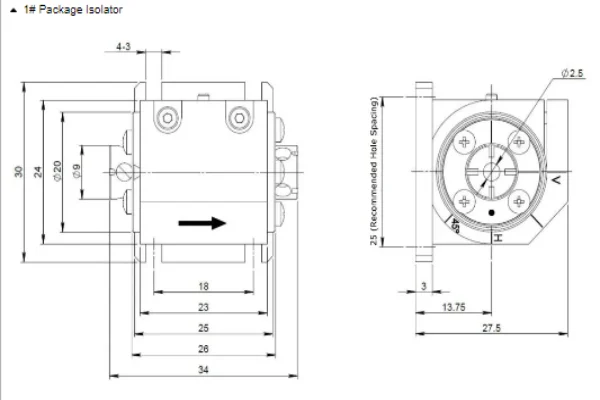
Following the rotation, the polarized light encounters the output polarizer. Positioned with an orientation that matches the rotated plane of polarization, this polarizer permits the forward-traveling light to exit the isolator. The alignment between the rotated polarization and the output polarizer is what makes this unidirectional passage of light possible.
For light attempting a return journey in the opposite direction, the Faraday isolator ensures the path is unattainable. The Faraday rotator once again rotates the plane of polarization, but now misaligned with the input polarizer, rendering the back-propagating light unable to pass through. This makes Faraday isolators a preferred choice for applications necessitating robust protection against back reflections and feedback, thereby ensuring the stability and reliability of optical systems.
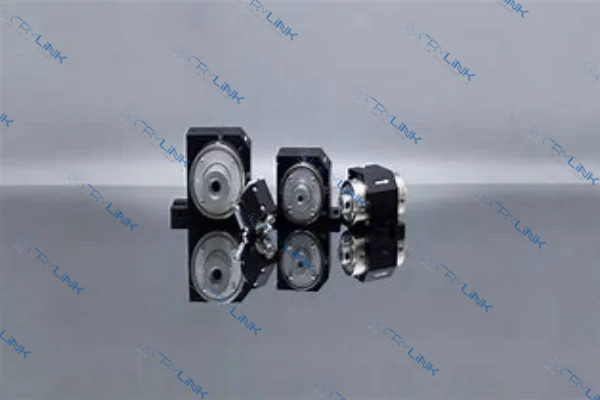
Performance Showdown – Fiber Isolators vs. Faraday Isolators
Each type of isolator, fiber and Faraday, offers unique strengths that position them well for specific applications. The fiber isolators, with their streamlined design and direct compatibility with fiber optic systems, provide a seamless solution for optical isolation in such settings. They are small and lightweight, lending themselves well to applications where space is at a premium or where minimization of system complexity is desirable. The lower cost of fiber isolators also makes them a financially attractive option for budget-conscious projects.
However, fiber isolators are not without their limitations. Their operational bandwidth tends to be narrower, restricting their use in systems that require a wide spectral range. Moreover, when subjected to high-power light signals, the fibers in these isolators risk damage, impairing their performance and potentially leading to system failure.
Faraday isolators, on the other hand, come with their set of advantages and drawbacks. They thrive in high-power applications, where their design characteristics help effectively manage heat dissipation and prevent damage to the system. In addition, Faraday isolators can operate over a broader bandwidth, making them suitable for applications requiring multi-wavelength functionality.
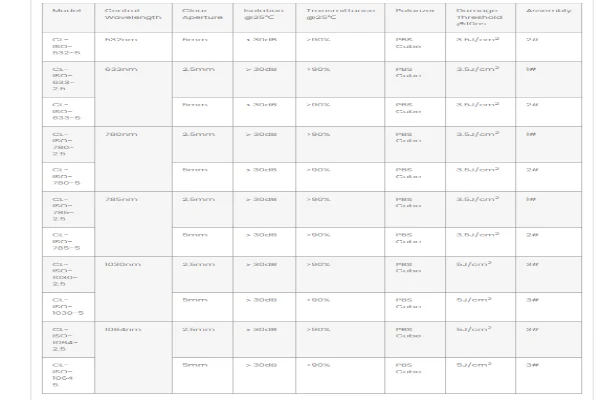
Despite these advantages, Faraday isolators have certain downsides. They are usually bulkier than fiber isolators, which can be a disadvantage in systems with stringent space constraints. They also tend to be costlier, which might limit their appeal for projects on a tight budget. Moreover, integrating Faraday isolators into fiber optic systems can be challenging, given their inherently different design and operating principles. Therefore, the choice between fiber and Faraday isolators will depend on a balance between these pros and cons, tailored to the specific needs and constraints of each optical system.
Choosing the Right Isolator – Application Areas of Fiber and Faraday Isolators
Fiber isolators serve as an indispensable asset in optical communication systems, owing to their superior compatibility with fiber networks. Their cost-effectiveness and compactness further augment their popularity in this arena, where scaling and cost per unit can be decisive factors. Given their nature, fiber isolators find their niche in systems operating at lower power levels. Their wide use in telecommunication networks, fiber optic sensors, and data transfer systems is a testament to their suitability in these sectors.
On the flip side, Faraday isolators hold their ground in environments where high power and broad operational bandwidth are the name of the game. High-power laser systems, which are integral to many scientific research setups, industrial manufacturing processes, and medical procedures, often rely on Faraday isolators to ensure their smooth operation. By mitigating the impact of back reflections and facilitating broader bandwidth usage, Faraday isolators significantly contribute to these systems’ performance and reliability, reinforcing their place in these high-demand applications. It is this balancing act between fiber and Faraday isolators that allows for their optimal utilization in diverse fields, driving the innovation and efficiency of optical systems worldwide.
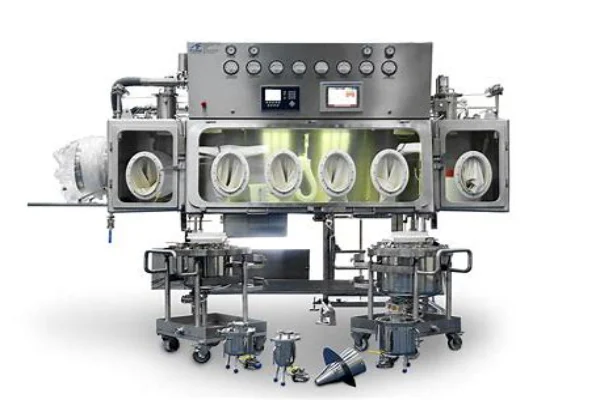
Conclusion: Guiding Your Choice with Knowledge
Designing an optical system requires the careful weighing of the system’s needs against the strengths and drawbacks of each isolator type. Both fiber isolators and Faraday isolators bring unique benefits to the table. By comprehending their distinctions, you can make an informed selection that best suits your specific optical requirements.
FAQs
- 1. What is the primary role of optical isolators?
- Optical isolators are pivotal in allowing light to travel in one direction while preventing its return in the opposite direction. This is crucial for maintaining the stability of the light source.
- 2. What sets fiber isolators and Faraday isolators apart?
- The main point of divergence lies in their design and operation principles. Fiber isolators employ an input polarizer, a magneto-optic crystal, and an output analyzer. On the other hand, Faraday isolators leverage a Faraday rotator and two polarizers.
- 3. Are Faraday isolators superior to fiber isolators?
- The choice between Faraday and fiber isolators is largely dependent on the specific requirements of the optical system. While Faraday isolators are better suited for high-power applications, fiber isolators are more compact and cost-effective.
- 4. Can fiber isolators handle high power applications?
- Fiber isolators are generally not preferred for high power applications due to the potential risk of fiber damage. Faraday isolators, with their efficient heat dissipation, are often the go-to choice in these scenarios.
- 5. Where are fiber isolators most commonly utilized?
- Fiber isolators are typically used in applications like telecommunications and data transfer where compactness, cost-effectiveness, and seamless integration with fiber systems are key.


